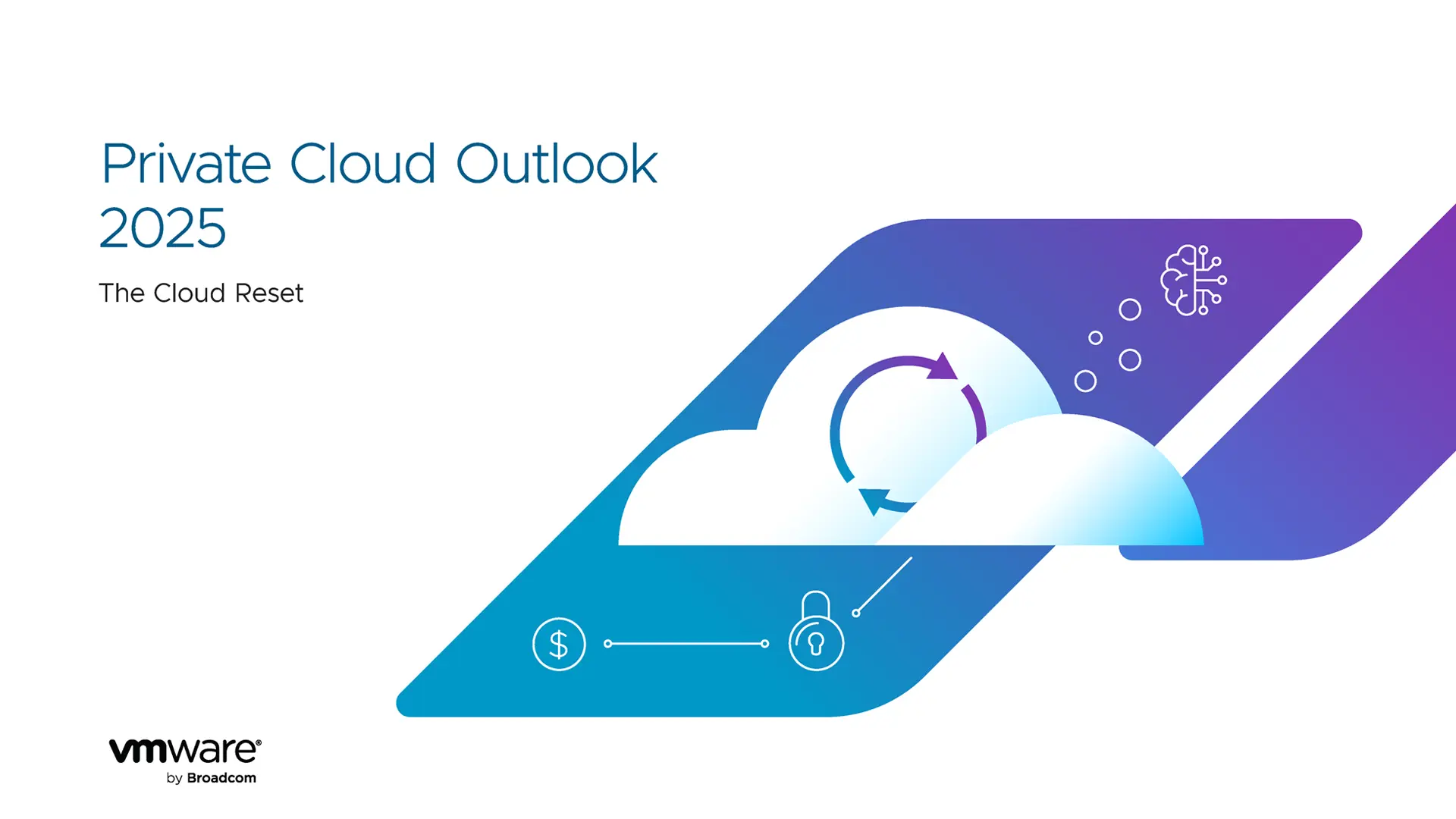Disaster Recovery
Disaster Recovery (DR) is often considered to be a ‘luxury’ add-on service for larger companies, but in reality, it is a fundamental part of every business’s IT strategy.
Hyve’s Disaster Recovery service helps businesses to prepare for the unexpected by continuing business operations in the event of a disaster. A disaster could be any event that could put your business at risk and could take your services offline, such as DDoS attacks or ransomware. DR is a critical service for customers who are running business-critical applications, databases and websites and cannot tolerate downtime.
DR strategy
Having a DR strategy and plan in place helps to minimise risks and identifies any issues, dependencies or threats to the business. A DR plan consists of processes and procedures that are laid out specifically to be able to resume business as usual in the shortest possible time.
DR strategies should include an estimation of the time that it would take to recover from a range of situations or disasters, such as a full data centre disaster. There are two main concepts to consider with a DR strategy – Recovery Point Objective (RPO) and Recovery Time Objective (RTO).
The two concepts provide the basis for business continuity, providing agreed time frames for resuming normal business operation in the event of a disaster.
Recovery objectives
A Recovery Point Objective (RPO) is the point in a server’s timeline that a business could return to after a disaster. An RPO indicates how much data loss customers could afford to lose, which is an important consideration when planning a DR strategy. With daily backups taken by a hosting provider, a standard RPO will always be 24 hours, but the RPO can be reduced if more frequent backups are taken. With Hyve’s DR, because we run continuous replication, data loss should be kept to an absolute minimum.
A Recovery Time Objective (RTO) refers to the maximum amount of downtime that a customer could tolerate before causing any harm to their business or day-to-day operations. A network, application or system could be affected, and part of the DR strategy is to determine how much downtime would be acceptable for each service. RTOs are determined by the business’s specific requirements, however with Hyve’s cloud servers, if there was a fault with the underlying hardware, the cloud server would reboot to another physical host within 2 minutes.
The true cost of downtime
The main function of DR is to minimise the cost of downtime for businesses in the event of a disaster. If a critical site was down for an hour, how much money or reputational damage would it cost the business?
RPOs and RTOs help businesses to identify key parameters in their disaster recovery strategy and ensure that expectations are met in their own business as well as for their customers. Having a full disaster recovery strategy also helps many businesses meet contractual obligations and compliance requirements, as many businesses’ critical systems cannot tolerate any downtime and must meet SLAs for their customers.
https://youtube.com/watch?v=opsL0Eck_YY
Find out more about Hyve’s DR solutions and putting a DR strategy in place for your business by calling our sales team today on 0800 612 2524.





